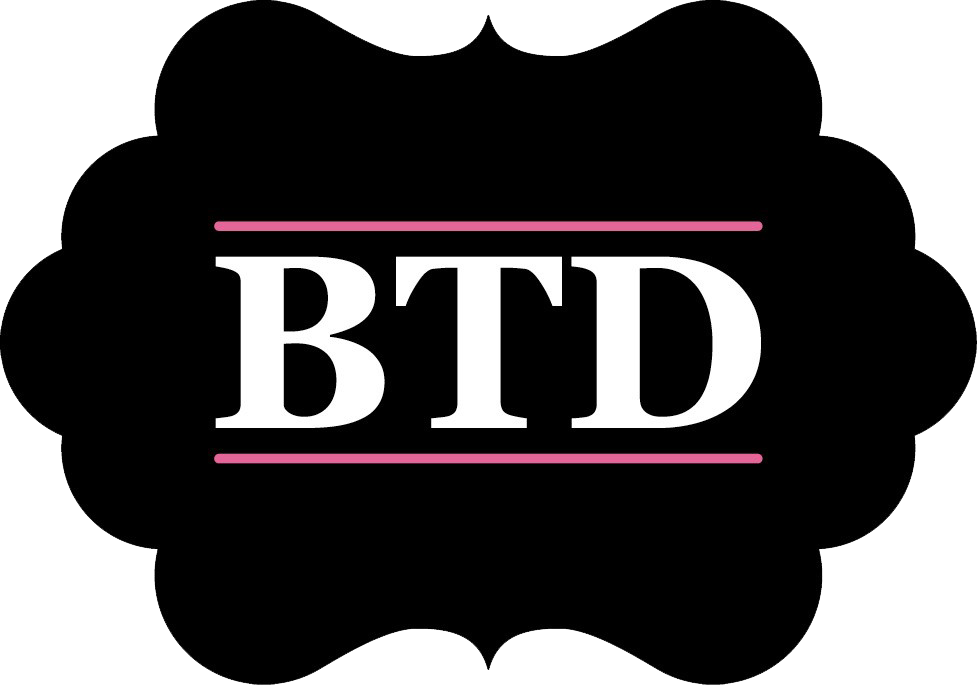Beyond Habits: How Self-Observation Creates Breakthrough Moments.
You've heard it before: success isn't about what happens to you—it's about how you choose to respond.
Picture this: You're sitting in a performance review. Your heart rate quickens as feedback starts flowing. We all know feedback is valuable, yet our bodies and minds often react before we can process the message.
Viktor Frankl, the renowned psychiatrist, identified a crucial truth: between stimulus and response lies a space. In that space, you have the opportunity to insert a pause and choose your response.
The Power of The Pause.
Let’s double-click on that pause because it doesn't happen automatically; it has to be manually inserted.
The difference between career acceleration and career limitation often comes down to microseconds. Take two scenarios:
Scenario A: Your manager provides challenging feedback. You feel the tension rising, but you catch it. You breathe. You respond with, "Thank you for this perspective. I'd like to reflect on what you've shared."
Scenario B: Same feedback, but reaction takes over. Words fly out before thought kicks in. We've all been there—and lived to regret it.
How do you train yourself to move closer to scenario one? Master the art of self-observation.
The art of self-observation.
Think back to a time when you chose option two, and it wasn’t your finest moment. If you had to replay that as if you were watching a rerun of a Netflix episode, what would you see?
Could you watch your nonverbal shift to more rigid, crossed arms and a tangible shift in your facial expression? Could you hear the tone change in your voice?
Now, if you could imagine yourself truly reliving this scene, where did you feel it in your body? Some people feel it in their stomachs, their necks, their throats, their fists clenching, or their heads feeling hot.
This is the art of self-observation—it’s paying attention to the signals of your body wisdom.
If you go a level deeper and really want to move into self-mastery, self-observation means noticing the trigger behind the comment.
I have a client who believes that her team don’t appreciate or respect her. Now, if someone drops the ball on a piece of work, she immediately uses this filter to decode the behaviour.
When you believe someone doesn’t respect you, you will behave in a very different way towards them.
If you can stop yourself and watch this play out, you can insert a pause button and opt for curiosity in this space.
Rather than assume your default story, ask them - "Help me understand. What prevented you from completing the task, and how can I better support you?". You'll be amazed to discover that others are living a story you know nothing about, but without catching yourself in the act of assumption, you may miss it.
Use the gift of hindsight.
Another way to self-observe is after the event. As much as you intend to remain fully present, it’s not always easy.
If you’re a meditator, it’s easy to be calm and centred on the mat. Still, the true power of the practice lies in bringing it into everyday situations, especially those that require patience, empathy, and compassion.
Let’s say you did lose your temper or are now ruminating on all the possibilities of what you could have and should have said or done. Firstly, forgive yourself, but use this as an opportunity for reflection.
Think back to the situation- when did you get upset? Was it the person, the situation or the tone of voice they used?
Was it what they said or how they said it?
Did you place a filter over their statement so it reinforced a deeper hurt or belief like I’m not enough or people don’t take me seriously?
Here's what's fascinating: self-observation isn't just about preventing reactions—it's about understanding the stories driving them. Many leaders I work with discover their triggers connect to experiences from years ago: a dismissive comment from a former boss, a failed project, or an academic setback.
When someone's words or actions trigger these old wounds, we're often not responding to the present moment but to accumulated emotional history.
Building the self-observation muscle.
Through mindfulness and meditation practices, you can train and build self-observation. If you’re not a fan of meditation, then be aware of your breath as you go through your day. Even if you're driving, focus on taking a few mindful, slow breaths. Even better, when you feel stressed, focus on taking ten deep belly breaths to neutralise the adrenaline in your body.
Pay attention to stress points like your jaw, back, and shoulders. Just being present and aware of your body reminds you to pay attention to yourself.
You can also ask yourself, "How am I feeling, or what do I want to do now?" Notice if you’re anxious or stressed, and pay attention to what you’re focusing on. Is it something within your control, or are you focusing on what may happen next week or how someone may respond—all aspects you can’t control?
In your next conversation or meeting, use your senses to ground you. What can you smell, touch, taste, hear, or see? A trick I use is always to hold something so I can ground myself without making it obvious. It’s a way to focus attention and ensure I remain present.
Final thoughts.
Self-observation is the foundation of self-regulation. Without awareness, change is impossible.
But here's the compassionate truth: you won't master this overnight. There will be moments when your reactive self shows up—and that's perfectly human.
The goal isn't perfection; it's progress. Each moment of awareness is a small victory. Each pause is a step toward masterful leadership.
In the beautiful words of Maya Angelou -
“Do the best you can until you know better. Then when you know better, do better.”
Here’s to the art of self-observation,
Warm wishes,
Lori
